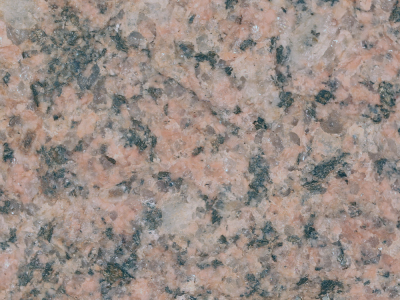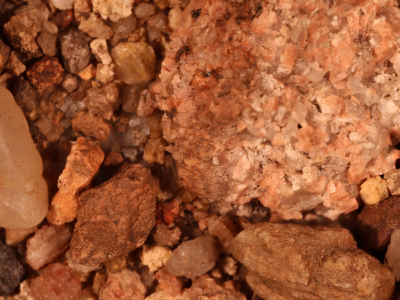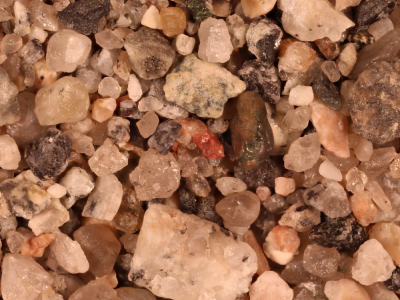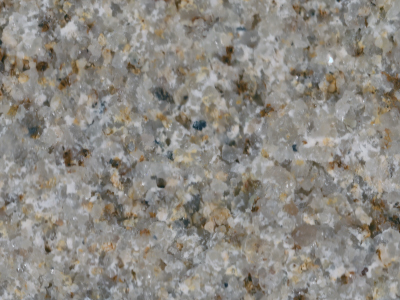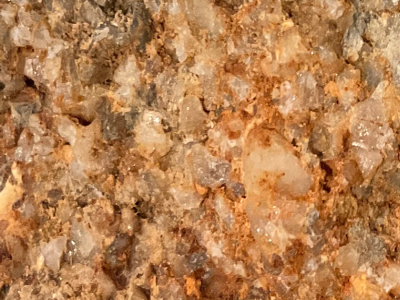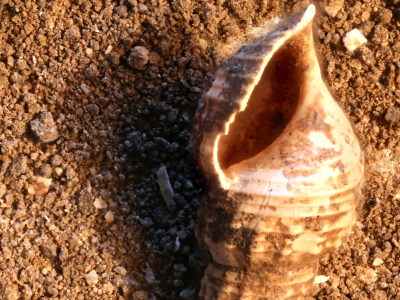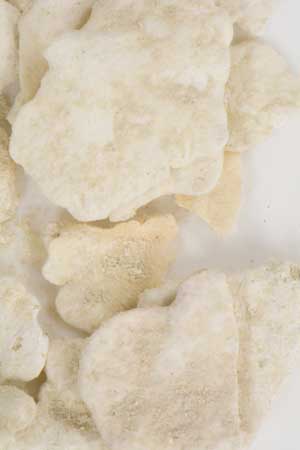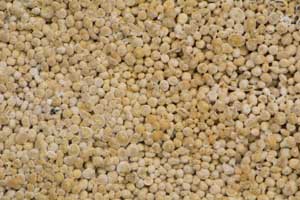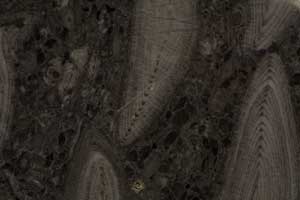Section 1: Weathering and erosion
In this section we will look at how a granite “protolith” could be weathered. In this case we are looking close to home with some examples of the Enoggera granite which outcrops on Mt Cootha. Below are models of a fresh piece of granite and a piece of weathered granite.
Granite (fresh and unweathered). Click HERE for a full-screen 3D model.
Granite (highly weathered). Click HERE for a full-screen 3D model.
Below is a gigapixel close up image of both weathered and unweathered Enoggera Granite. Here you can see clear changes in the mineralogy.
Unweathered vs weathered granite (CLICK ON THIS IMAGE)
Above is a “zoomable” gigapixel image of a piece of unweathered and weathered Enoggera Granite collected at Mt Cootha. You can switch between them by taping the button in the middle of the screen. What is the difference between the two rocks? For help with the minerals you may want to look at the model below.
Section 2: Sediment transport
In this section we will look at the composition (what they are made from) and the texture (grain size and shape) of sediments. To begin with we will look at coarse grained sediments. Look at the gravels from a Mt Cootha creek below and answer the questions in the answer sheet.
Section 3 and 4 The composition and texture of sands
Typically sands are sediments where the particles are smaller than 2mm but we can still examine the mineralogy of individual grains. When particles are smaller than 0.063mm it’s very hard to determine composition, size and shape without advanced techniques.
Below are some gigapixel examples of sands. Examine them and answer the questions in Inspera.
Mt Cootha Stream Sediment (scale = 2mm)
River sediment from the Brisbane River (mean grain size approx 0.5mm)
Beach sand (Stradbroke Island) (scale = 2mm)
Section 5 Glaciomarine sediments
Glaciomarine sediment (Southern Ocean, Antarctic margin) (scale 2mm)
Section 6. Sandstone
Below are two gigapixel images of two different sandstones from south east Queensland. Look at these images and answer the questions in the practical sheet.
Sandstone 1 (scale = 2mm)
Sandstone 2 (scale = 2mm)
Section 7. Mudstones, shales and siltstones
Estuarine muds from Moreton Bay (scale is 2mm) click for increased magnification
Section 8. Carbonate sediments and rocks
Quick guide to carbonate sediments
C1
C3
C2
C4
Section 7. Sediment transport
Sediment transport experiment
Sediment falling under gravity

